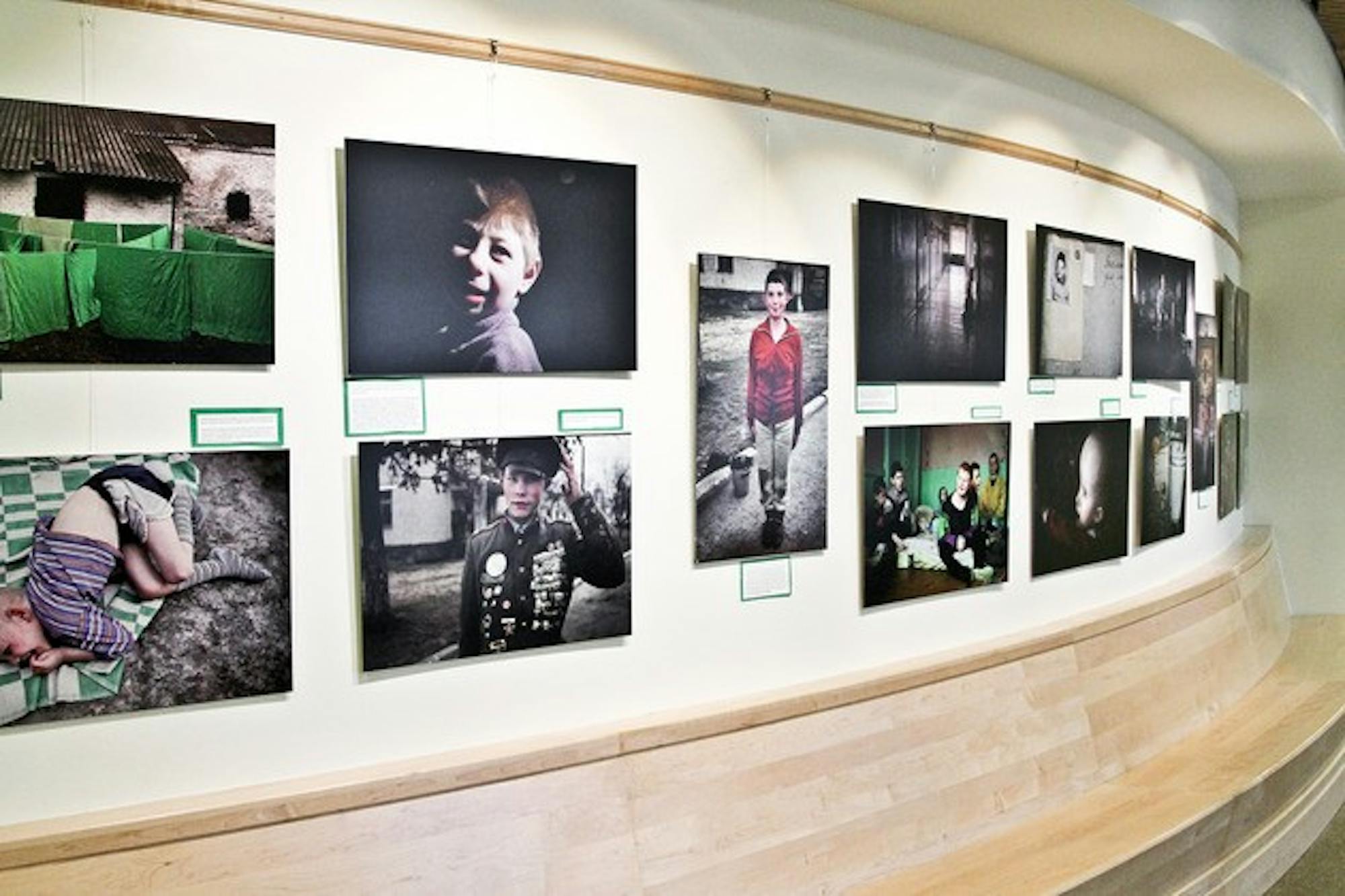"Life on the Edge" provides an artistic commentary on the international nuclear debate, calling on viewers to demand safer forms of energy.
The exhibit features 25 images taken in and around the nuclear dead zone that represent the 25 years since the disaster. Photographer Gabriela Bulisova took the photos while traveling with the Irish aid organization Chernobyl's Children from 2002 to 2006.
The exhibit contains images of startling simplicity and vivacity, depicting the victims of a nuclear incident that still looms large in the public conscience. Bulisova, however, emphasizes the strength and humanity of her subjects, not their suffering. The dignity that they have retained in the face of decades of poverty and struggle comes across in the photos. Bulisova reveals the risk to human spirit and the other long-lasting consequences such a tragedy poses to humanity.
Among other things, Chernobyl victims had difficulty finding marriage partners and job opportunities due to fears of genetic damage or sickness, Kamps said.
"A lot of childhood diseases, from mental illness and heart disease to everything in between, increased significantly after Chernobyl," Kevin Kamps, radioactive waste watchdog for Beyond Nuclear, said. "There's a lot of stigma attached to being a Chernobyl victim."
One of the most well-known and, according to Kamps, most powerful images in the exhibit depicts one of the victims. The photograph shows a boy concealing his identity behind a curtain, protecting himself from the potential repercussions of being an acknowledged Chernobyl victim.
The photographs are organized by theme on the walls of the Russo Gallery. One of the sections is devoted to the orphanage in Belarus in which Chernobyl's Children operates. Another portion depicts the "dead villages" within the radioactive zone.
Originally evacuated when the crisis occurred, these villages should be empty but thousands of people currently live in them because they prefer to return to radioactivity rather than live in poverty elsewhere. Others did not return home and led lives of destitution, as depicted in one exhibition photograph of a Chernobyl refugee.
The refugee in the photograph "was told she could return home within days of the disaster, but she's never been able to get back and it's been 25 years now, so she lives in destitute poverty," Kamps said. "The power of [Bulisova's] images is that she maintains the dignity of people who have suffered tremendously."
The exhibit has other implications that hit far closer to home. Denis Rydjeski, one of the exhibit's coordinators, is a member of the Vermont chapter of the Sierra Club. Rydjeski is fighting to ensure that the aging Vermont Yankee nuclear power plant in Vernon, Vt. and Seabrook Station nuclear power plant in Seabrook, N.H. shut down their operations as planned. The structure of the Seabrook Station reactor is similar to the compromised reactor in Fukoshima, Japan, Rydjeski said.
To further tie the exhibit into education, the Dickey Center will host three speakers for a panel discussion Tuesday at 4:30 p.m. in Haldeman. Kamps will speak alongside Kenneth Yalowitz, director of the Dickey Center, and Anya Bobyk '11. Yalowitz served as ambassador in Belarus and Georgia during the Chernobyl aftermath. The event, titled "Chernobyl A retrospective," will provide insight into the Chernobyl catastrophe but also the recent disaster in Japan. A reception will follow in the Russo Gallery, giving attendees an opportunity to see the photography exhibit.




